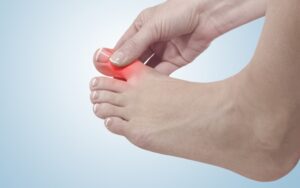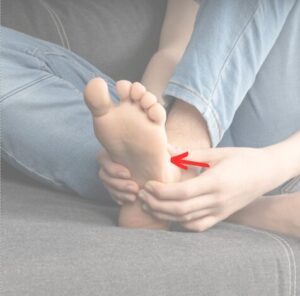Understanding Diabetic Foot Ulcer Classification Systems
Diabetic foot ulceration is a common but feared complication in people with diabetes requiring multidisciplinary treatment. Accurate classification of diabetic foot ulcers is essential to evaluate the wound healing tendency. Categorising wounds with the use of a reliable classification tool may help predict which ulcers will heal and which will eventually result in amputation.
In patients with diabetes, the lifetime risk of diabetic foot ulcers (DFUs) is approximately 25%, and these wounds are then frequently a source of pain and discomfort.
Diabetic Foot Ulcer Classification Systems
Wagner Diabetic Foot Ulcer Grade Classification System
The Wagner Classification System (sometimes referred to as Merritt-Wagner) was developed in the 1970s and comprises six ulcer grades, ranging from 0 to 5. This system assesses ulcer depth as well as the presence of osteomyelitis or gangrene. The grades are as follows:
- Grade 0 – intact skin. Healed or pre-ulcerative wound
- Grade 1 – superficial ulcer without penetrating to deeper layers
- Grade 2 – deep ulcer. deeper ulcer and reaches tendon, bone or joint capsule
- Grade 3 – deeper tissues are involved and there is abscess formation, osteomyelitis, or tendinitis
- Grade 4 – forefoot gangrene
- Grade 5 – full-foot (extensive) gangrene
University of Texas Diabetic Foot Ulcer Classification System
Along with the Wagner Classification System, the University of Texas Diabetic Foot Ulcer Classification System has also proved effective at predicting lower extremity amputation. This system uses four grades (0–3) and also four stages (A–D) to classify DFUs. The grades correspond to depth, whereas the stages account for the severity of the wound by marking the presence of infection, ischemia, or both. This classification system is frequently used in practice.
Grades:
- Grade 0 – pre- or post ulcerative or healed wound
- Grade 1 – superficial wound not involving tendon, capsule, or bone
- Grade 2 – wound penetrating to tendon or capsule
- Grade 3 – wound penetrating to bone or joint
Stages:
- Stage A – no infection or ischemia
- Stage B – infection present
- Stage C – ischemia present
- Stage D – infection and ischemia present
Moreover, the UT classification is a more recently developed system. Ultimately, all of these classification systems work toward grading the severity of the ulcer. These systems work as a tool for risk stratification and assessment and also selection of the proper treatment course, which are crucial in achieving better patient outcomes.
Are you suffering from this condition? One of our chiropodist/podiatrist can assist and then recommend what treatment options are best to get you back on track. ✅
Schedule an appointment here or you may call us at 44 (0) 207 101 4000. 📞
We hope you have a feetastic day! 👣☀️
-The Chelsea Clinic and Team




